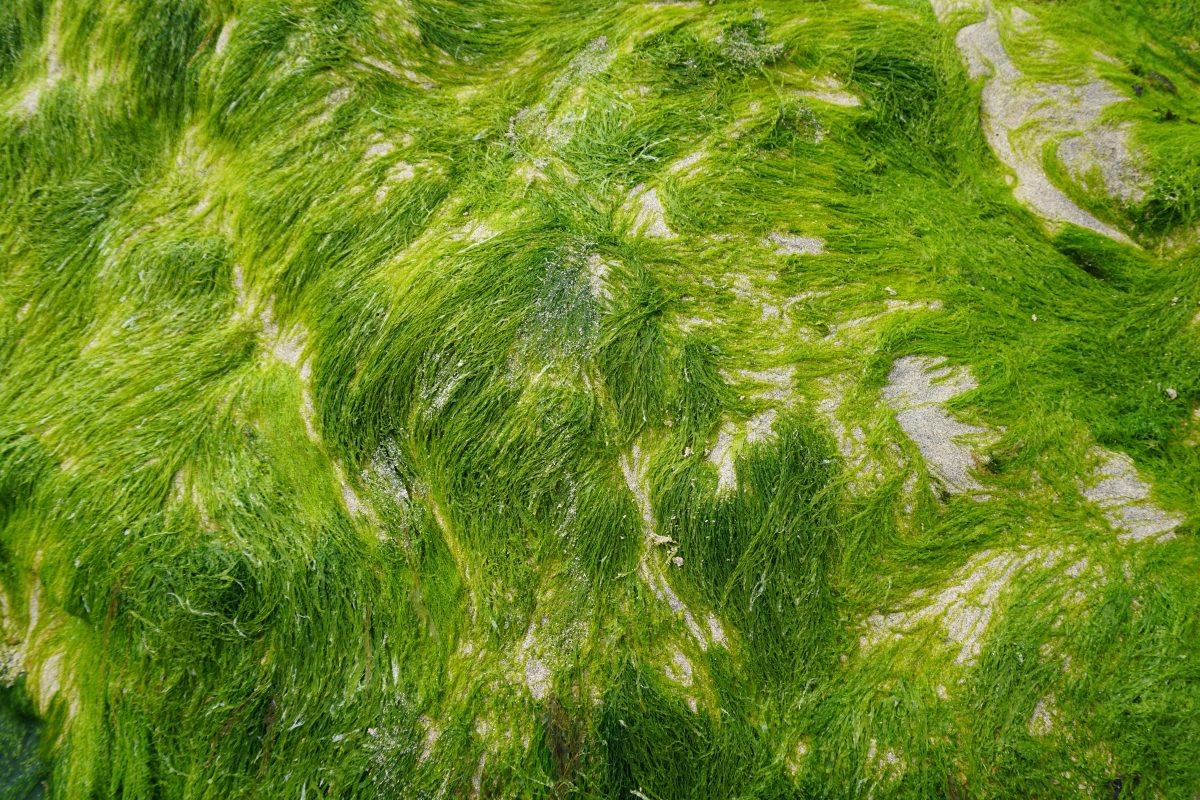The third article in The Kelp Revolution: Our Seaweed Series
“The more you learn about seaweed, the more excited you get about its potential to be restorative to the oceans, the climate, the planet, and all of us who live on it.”
— Oceans 2050
In the first two articles of our Seaweed Series, we explored seaweed’s uses in society and how seaweed can help mitigate climate change. With applications in products and industry, major carbon sequestration potential, and co-benefits to ocean health, it is clear that seaweed is here to stay.
This article dives into the details of the commercial seaweed farming industry. It looks at how we can expect the seaweed farming industry to grow, and what we hope this growth will mean for communities, the Ocean, and the planet.
We expect seaweed farming to grow… a lot
Spurred by demand from human consumption and industry, farmed seaweed production has grown exponentially in recent decades. Almost all of this growth has occurred in the Asia Pacific region, where the vast majority of seaweed farming takes place. According to the World Resources Institute, 99 percent of seaweed farming production happens in seven Asian countries: China, Indonesia, the Philippines, the Republic of Korea, the Democractic People’s Republic of Korea, Japan, and Malaysia.
Moving forward, we can expect to see growth in seaweed farming outside of Asia, as well. According to NOAA, seaweed farming is the fastest-growing US aquaculture sector, with more US farmers growing kelp than ever before. Seaweed farms are popping up all over New England, the Pacific Northwest, and Alaska.
In Europe, there is also potential for growth in seaweed farming. A new study by the Seaweed for Europe Coalition projects that “with the right combination of investment, technology, and enabling policies, European seaweed production could grow from 300,000 metric tons (MT) today, to around 8 million MT within 10 years.”
Throughout the world, farmers are starting to take seaweed seriously, and it should translate into intercontinental growth for the industry.
We hope seaweed farmers will be able to sell carbon offsets
Since seaweed efficiently sequesters carbon as it grows, seaweed farmers should be able to sell carbon offsets based on the carbon-negative nature of their work. A carbon offset or “carbon credit” is when someone who emits CO2 into the atmosphere pays someone else to compensate for their emissions by decreasing the amount of CO2 in the atmosphere. In this case, seaweed farmers would sell carbon credits to individuals and corporations to fund their work. This additional income stream would make seaweed farming more feasible and contribute to the growth of the industry.
For seaweed farmers to be able to sell carbon offsets, a scientific methodology needs to be established for quantifying the carbon sequestration taking place on seaweed farms. Oceans 2050, a coalition of seaweed scientists and seaweed farm operators, has taken on this challenge. They are in the middle of a 15-month study where they are sampling sediments from 19 seaweed farms in 12 countries to measure exactly how much carbon the seaweed farms are capturing.
“Creating carbon credits for seaweed farming will allow corporations and others to invest in blue carbon credits at a much larger scale than is available today, and with very meaningful co-benefits in the restoration of the oceans and the livelihoods of all that depend on them,” says Megan Reilly Cayen, a Project Lead at Oceans 2050.
We hope seaweed farming will bring jobs and prosperity to local communities
Around the world, there are coastal communities that have depended on the Ocean for their livelihoods for a very long time. Seaweed farming could benefit these communities by creating jobs and giving community members the chance to be active stewards of their natural resources.
Duke Lankard, an Eyak Athabaskan Native and environmental activist, has been quoted in multiple articles on seaweed farming. He believes that seaweed farming can be “one of the first real green jobs that makes sense for the [Alaska] Natives” since it gives them a chance to make a stable income, restore their coastal waters, and regain access to traditional foods all at once. Outside of the US, women, rural populations, and indigenous people depend on seaweed aquaculture for income. In Indonesia alone, over 1 million people in coastal communities engage in seaweed aquaculture. In Canada, the coastal First Nations have taken up seaweed farming with goals to provide economic diversification, employment opportunities and skills training for their coastal communities.
As this industry expands to new geographies, it will be crucial to engage local communities and prioritize their needs.
You can be part of the Seaweed Revolution
It is incredible how much potential seaweed has to support people, the Ocean, and the planet. Now that you’ve read this three-part Seaweed Series, you have all the information you need to be an informed advocate for seaweed and seaweed farming in your own circles and communities. By sharing this information with others, you can be a part of the Seaweed Revolution.
Interested in learning more? Read the Seaweed Manifesto, published in 2020 by the UN Global Compact, and check out the first two articles in this series if you have not already.
